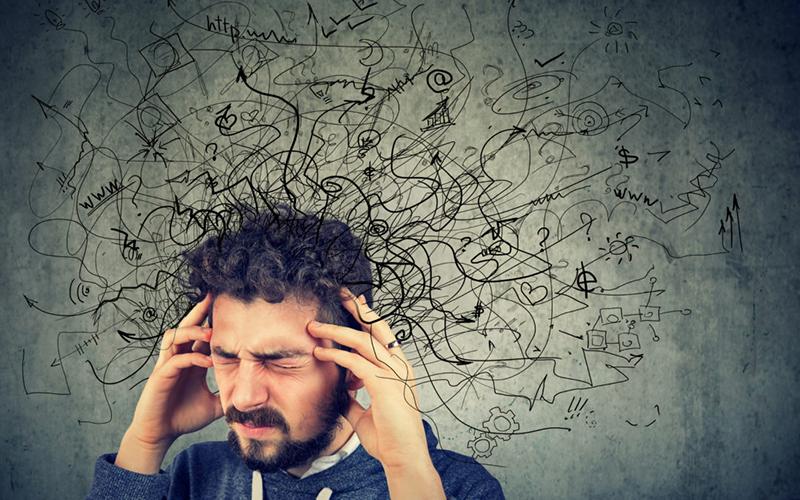Understanding Body Dysmorphia and Its Impact
Body Dysmorphia, also known as Body Dysmorphic Disorder (BDD), is a mental health condition characterized by an intense focus on perceived flaws or imperfections in one’s appearance. These perceived flaws are often exaggerated or imagined, leading to distress, negative self-perception, and avoidance of social interactions. Many individuals with body dysmorphia frequently check their appearance, use mirrors excessively, or seek constant reassurance about how they look.
The Emotional Impact of Body Dysmorphia
The psychological toll of body dysmorphia is significant. Those affected often experience intense emotional distress, which can interfere with their daily activities, including work, school, or social engagements. They may feel that their perceived imperfections define their self-worth, leading to anxiety, depression, and a persistent need to "fix" these flaws.
The emotional distress linked to body dysmorphia can manifest as:
- Persistent Negative Self-Image: People may view themselves as unattractive or defective.
- Social Anxiety: Fear of judgment may lead to isolation, avoidance of public spaces, and strained relationships.
- Obsessive Behaviors: Constantly checking mirrors or seeking reassurance about appearance becomes a compulsive habit.
- Physical Fixation: Those with body dysmorphia may become fixated on particular features, such as skin, nose, hair, or weight.
Body Dysmorphia and Its Effect on Social and Professional Life
Living with body dysmorphia can have a profound impact on both social and professional aspects of life. Social interactions may become daunting, leading to avoidance of parties, dates, or gatherings. This isolation can exacerbate feelings of loneliness and low self-esteem. Professionally, individuals may struggle with focusing on their work or may avoid opportunities that require public exposure or teamwork due to their concerns about appearance.
In severe cases, body dysmorphia can even disrupt personal relationships. A constant preoccupation with appearance may interfere with intimacy and affection, as individuals fear rejection based on their looks. Over time, this can strain relationships and further isolate those struggling with the condition.
The Role of Social Media and Society
In today’s society, which is heavily influenced by media and social platforms, body dysmorphia is becoming increasingly common. The constant exposure to edited, filtered, and "perfect" images can lead to unrealistic expectations of beauty. Many individuals feel pressured to meet these standards, intensifying feelings of inadequacy or dissatisfaction with their appearance.
Studies have shown a direct link between social media usage and the onset of body dysmorphic behaviors. The comparison of oneself to the idealized images seen online can contribute to negative body image, exacerbating the condition for those already predisposed to body dysmorphia.
Coping with Body Dysmorphia
For those experiencing body dysmorphia, seeking professional support is crucial. Cognitive-behavioral therapy (CBT) is one of the most effective treatments for BDD, as it helps individuals challenge distorted beliefs about their appearance and develop healthier coping mechanisms.
In addition to therapy, there are other strategies that can help alleviate the symptoms of body dysmorphia:
- Limit Mirror Checking: Reducing the frequency of mirror-checking or avoiding reflective surfaces can decrease obsessive behavior.
- Mindfulness Practices: Meditation, yoga, and mindfulness exercises can help individuals focus on the present moment rather than fixating on appearance.
- Focus on Non-Appearance Attributes: Developing self-esteem based on skills, talents, and qualities unrelated to appearance can enhance self-worth.
- Social Support: Building a supportive network of friends, family, or a counselor can provide encouragement and perspective.



